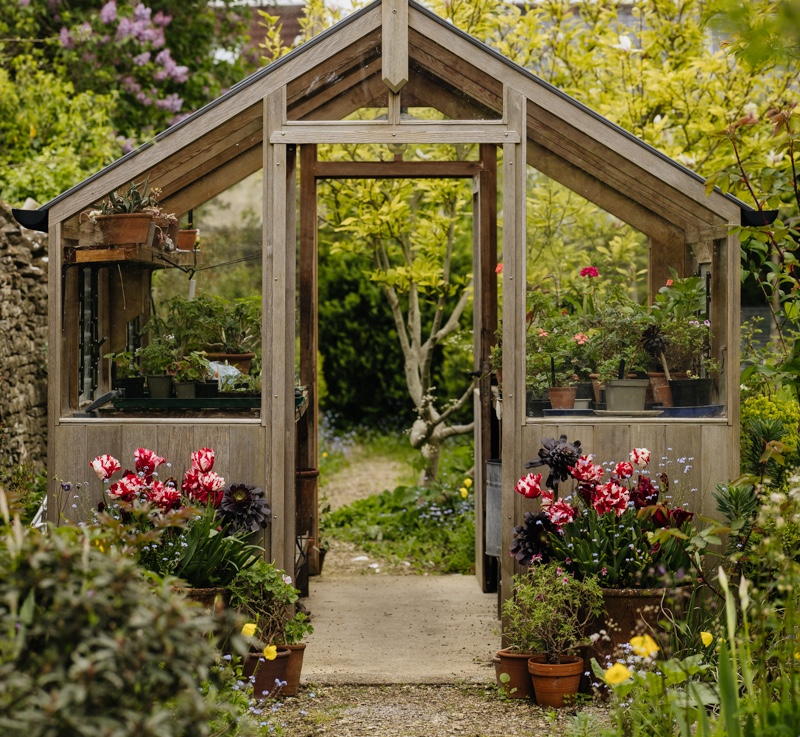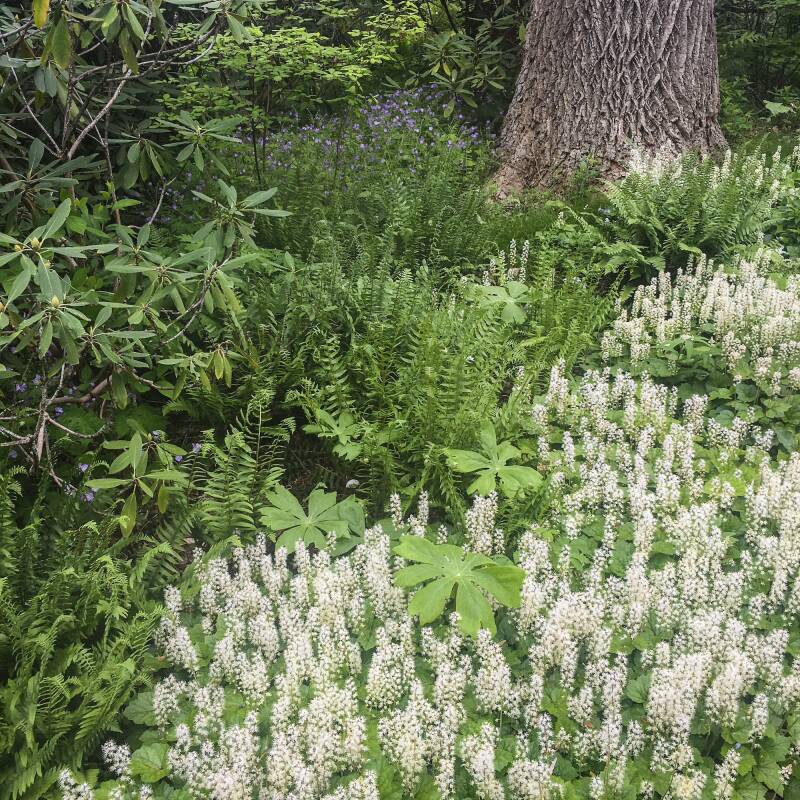In northern Europe there are varying ideas of what a summer house might be: a place by the water in Scandinavia, a dwelling among vegetables in Germany, or, in the UK, a leaky outdoor room, maybe furnished with a couple of old chairs. In Russia there is the dacha, a more elusive term that is as central to its culture as samovars and vodka. Traditionally bestowed as favors from tsars and, later, Communist officials, dachas until recently numbered in the millions across Russia, in every shape and size. Many still remain, but as Fyodor Savintsev’s wonderfully textured photographs in the new book Dacha reveal, they are too often on their last legs.
Accompanied by romantic autochromes dug up by Anna Benn (author of the engaging essay that accompanies Savintsev’s pictures), Dacha: The Soviet Country Cottage is a volume to inspire builders and dreamers. There’s no denying the appeal of rushing to one’s dacha every weekend in summer on a crowded, antique train. With its “relaxed sociability” and an incentive to grow things, the concept of a dacha has never been more interesting.
Photography by Fyodor Savintsev, courtesy of Fuel.








See also:
- Anna Benn’s Chekov-inspired garden in 11 Garden Ideas to Steal from Russia.
- Garden Visit: Hidden in Plain Sight in Warsaw
- Required Reading: 61 Cabins to Lust For













Have a Question or Comment About This Post?
Join the conversation (1)